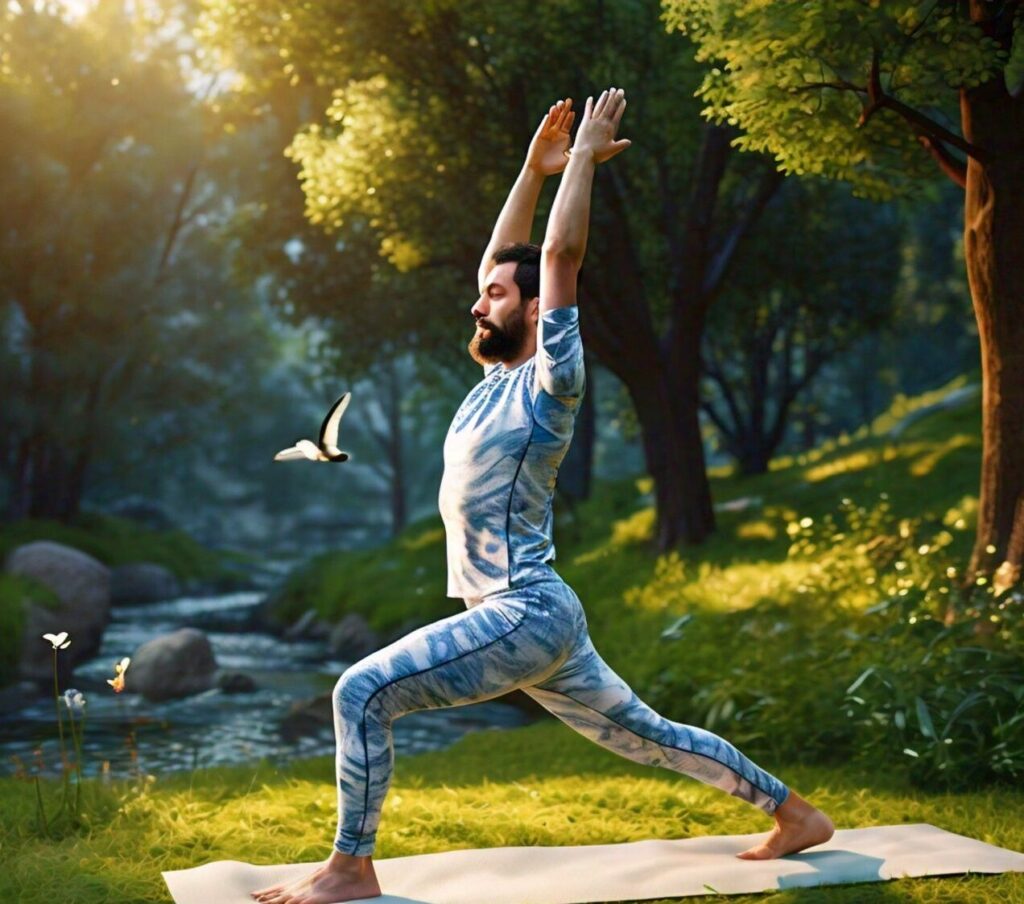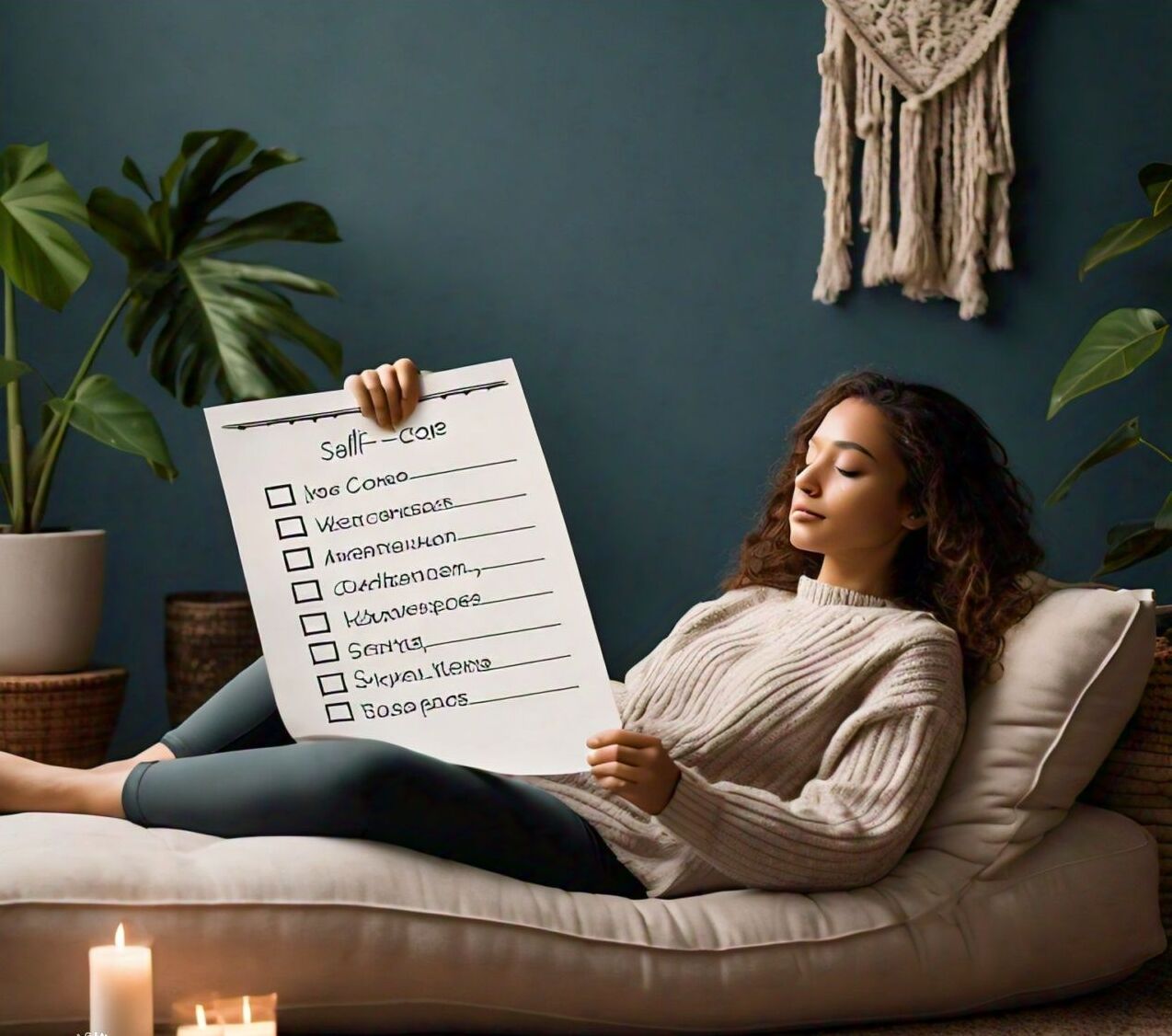In today’s fast-paced world, it’s easy to get caught up in the hustle and bustle of everyday life, often neglecting one crucial aspect: self-care. With increasing demands from work, family, and social obligations, taking time to prioritize your well-being can sometimes feel like a luxury. However, self-care is not selfish; it’s a fundamental necessity for maintaining physical, mental, and emotional health. Here, we delve into some invaluable self-care tips that can help you cultivate a happier, healthier lifestyle.
Prioritize Sleep:

Adequate sleep is the cornerstone of good health. Make it a priority to get 7-9 hours of quality sleep each night. Create a calming bedtime routine, such as reading a book or practicing relaxation techniques, to signal to your body that it’s time to unwind.
Nourish Your Body:

Fuel your body with nutritious foods that provide energy and support overall well-being. Incorporate plenty of fruits, vegetables, lean proteins, and whole grains into your diet. Stay hydrated by drinking plenty of water throughout the day.
Move Your Body:

Regular exercise is essential for both physical and mental health. Find activities that you enjoy, whether it’s yoga, running, dancing, or walking in nature. Aim for at least 30 minutes of moderate exercise most days of the week.
Practice Mindfulness:

Take time each day to quiet your mind and be present in the moment. Mindfulness practices, such as meditation, deep breathing exercises, or simply enjoying a mindful walk, can help reduce stress and improve overall well-being.
Set Boundaries:

Learn to say no to activities or commitments that drain your energy or cause unnecessary stress. Setting boundaries is crucial for protecting your time and preserving your mental and emotional health.
Cultivate Healthy Relationships:

Surround yourself with supportive, positive people who uplift and encourage you. Nurture meaningful connections with friends, family, and loved ones, and don’t hesitate to seek professional help if needed.
Unplug and Recharge:

In today’s digital age, it’s easy to feel overwhelmed by constant connectivity. Take regular breaks from screens and technology to disconnect and recharge. Engage in activities that bring you joy and relaxation, whether it’s reading a book, spending time outdoors, or pursuing a hobby.
Practice Self-Compassion:

Be kind and gentle with yourself, especially during challenging times. Embrace your imperfections and treat yourself with the same compassion and understanding that you would offer to a friend.
Get Creative:

Engage in activities that spark your creativity and bring you joy. Whether it’s painting, writing, gardening, or playing music, carving out time for creative pursuits can be incredibly fulfilling and nourishing for the soul.
Seek Professional Help When Needed:

If you’re struggling to cope with stress, anxiety, or other mental health challenges, don’t hesitate to reach out for support. Therapy, counseling, or support groups can provide valuable resources and guidance on your journey toward healing and self-discovery.
By incorporating these self-care tips into your daily routine, you can cultivate a greater sense of balance, resilience, and well-being in your life. Remember, self-care isn’t a luxury reserved for special occasions—it’s a lifelong commitment to nurturing yourself and living your best life. Take the time to prioritize self-care, and watch as it transforms not only your health but also your overall quality of life.
What are some stress-relief techniques?
Stress relief is essential for maintaining mental and physical health. Here are some effective techniques that can help alleviate stress:
Guided Imagery: Imagine yourself in a peaceful setting, which can help calm your mind.
Meditation: Practice mindfulness or other forms of meditation to reduce stress.
Progressive Muscle Relaxation: Tense and then relax different muscle groups to release stress.
Deep Breathing: Take slow, deep breaths to help lower stress levels instantly.
Physical Activity: Go for a walk or engage in any form of exercise to boost your mood1.
Social Support: Reach out to friends or family for support during stressful times.
Aromatherapy: Use essential oils to help relax and reduce stress.
Healthy Diet: Eating a balanced diet can improve your overall well-being and reduce stress.
Yoga: Combine physical postures, breathing exercises, and meditation with yoga.
Gratitude: Focus on the positive aspects of your life and practice gratitude.
How can I start practicing meditation?
Starting a meditation practice can be a rewarding experience that enhances your overall well-being. Here’s a simple guide to help you begin:
Designate a Time: Choose a specific time of day that suits your meditation schedule. Many prefer the morning, but any time that works for you is fine.
Create a Space: Find a quiet and comfortable place where you won’t be disturbed. This could be a corner of your room or a spot in nature.
Warm Up: Some light stretching can help relax your body and prepare you for sitting still1.
Find a Comfortable Position: Sit in a comfortable position, whether it’s on a chair, cushion, or the floor. Keep your back straight to allow for clear breathing.
Position Your Hands: Rest your hands on your knees or in your lap in a position that feels natural.
Focus On Your Breath: Close your eyes and bring your attention to your breath. Notice the sensation of air entering and leaving your nostrils or the rise and fall of your chest1.
Return to Your Breath: Whenever your mind wanders, gently bring your focus back to your breath without judgment.
Start Small: Begin with short sessions, even just 5-10 minutes, and gradually increase the duration as you get more comfortable with the practice.
End Your Practice: When your meditation ends, take a moment to notice your environment and how your body feels. Slowly open your eyes and get up gradually.
Remember, meditation is a skill that takes time to develop. Be patient with yourself and make your practice a regular part of your routine for the best results. Happy meditating! 🧘
What are some meditation techniques for beginners?
Meditation can be a wonderful addition to your self-care routine, especially if you’re just starting out. Here are some beginner-friendly meditation techniques that can help you get started:
Breathing Meditations: Focus on your breath, observing the natural inhalation and exhalation without trying to change it.
Mindfulness Meditations: Pay attention to the present moment without judgment, simply noticing thoughts, feelings, and sensations as they rise.
Focus Meditations: Choose an object of focus, such as a candle flame or a word, and return your attention to it whenever your mind wanders.
Movement Meditation or Walking Meditations: Engage in mindful movements, like walking or gentle stretching, to connect with your body and breath.
Mantra Meditations: Repeat a calming word or phrase, known as a mantra, to help focus and quiet the mind.
Guided Meditations: Follow along with a recorded meditation or app that guides you through meditative practice.
Visualization Techniques: Picture a peaceful scene or imagine a journey that brings relaxation and calmness.
Zen Meditation: Sit quietly and observe your thoughts without attachment, often used in Buddhist practice.
Remember, the key to meditation is consistency and patience. Start with short sessions, even just a few minutes, and gradually increase the time as you become more comfortable with the practice. There’s no right or wrong way to meditate, so feel free to explore different techniques and find what works best for you.

Nice post really enjoy
Really enjoyed
Good information
Aquí está el texto con la estructura de spintax que propone diferentes sinónimos para cada palabra:
“Pirámide de backlinks
Después de muchas actualizaciones del motor de búsqueda G, necesita aplicar diferentes opciones de clasificación.
Hay una manera de hacerlo de llamar la atención de los motores de búsqueda a su sitio web con backlinks.
Los backlinks no sólo son una herramienta eficaz para la promoción, sino que también tienen tráfico orgánico, las ventas directas de estos recursos más probable es que no será, pero las transiciones será, y es poedenicheskogo tráfico que también obtenemos.
Lo que vamos a obtener al final en la salida:
Mostramos el sitio a los motores de búsqueda a través de vínculos de retroceso.
Conseguimos conversiones orgánicas hacia el sitio, lo que también es una señal para los buscadores de que el recurso está siendo utilizado por la gente.
Cómo mostramos los motores de búsqueda que el sitio es líquido:
1 enlace se hace a la página principal donde está la información principal
Hacemos enlaces de retroceso a través de redirecciones de sitios de confianza
Lo más crucial colocamos el sitio en una herramienta independiente de analizadores de sitios, el sitio entra en la caché de estos analizadores, luego los enlaces recibidos los colocamos como redirecciones en blogs, foros, comentarios.
Esta importante acción muestra a los buscadores el MAPA DEL SITIO, ya que los analizadores de sitios muestran toda la información de los sitios con todas las palabras clave y títulos y es muy BUENO.
¡Toda la información sobre nuestros servicios en el sitio web!https://www.fiverr.com/s/6yyZLB
Thanks for sharing
Nice post